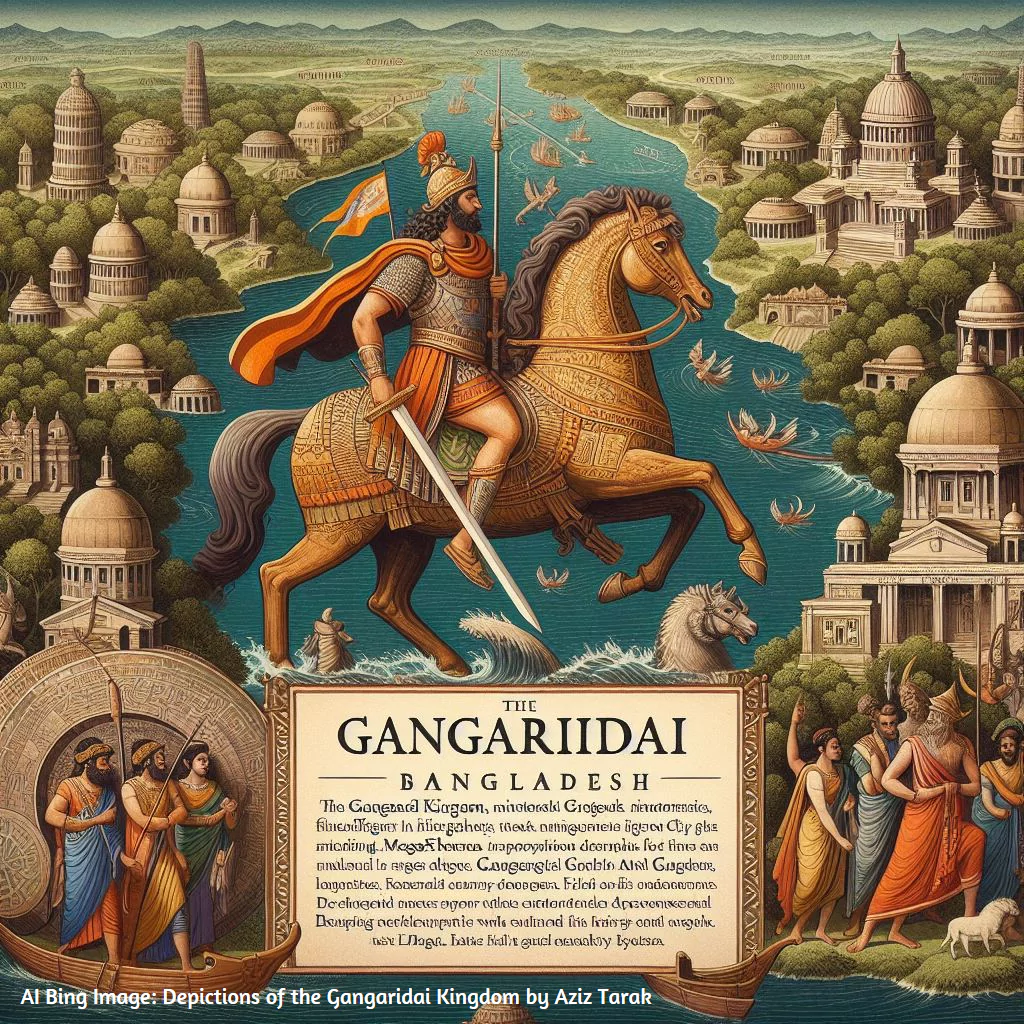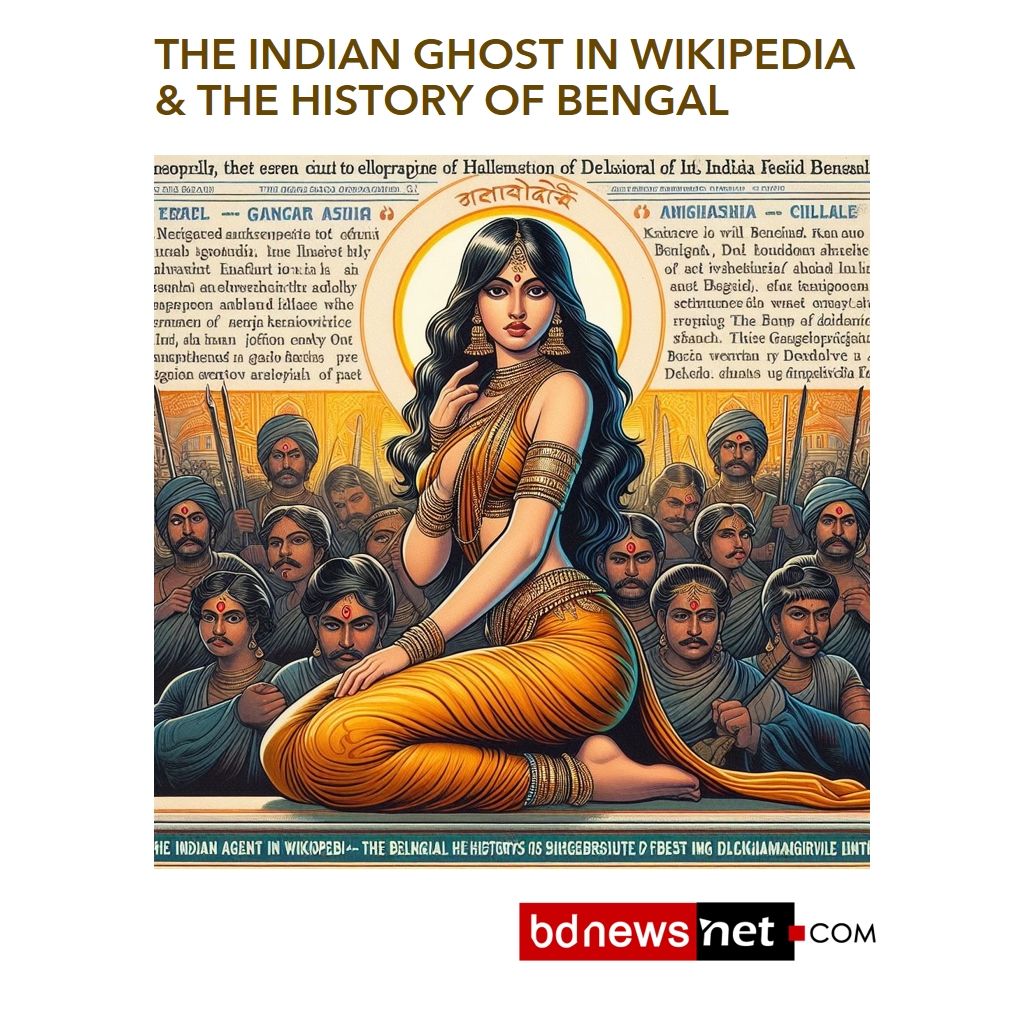wiki -Encyclopedia
Vanga Kingdom ( Pundra,Anga)

Vanga Kingdom is a 1500 BC Iron Age Kingdom in Ganges delta of South Asia. The Name Bengal or Bangla was originated from Vanga. The Bengali people are the descendants of the Vanga Kingdom. The founders of Angas, Vangas, Kalingas, Pundras, and Suhmas shared a common ancestry. Pundra , Vanga ,anga was an early Iron Age kingdom in Bengal (forming parts of West Bengal, Bangladesh, and Bihar for the most part). Also known as Paundra or Paundraya, it was ruled by one of five originally non-Vedic royal houses, along with Anga, Kalinga, Suhma, and Vanga. They were all descended from King Vali, according to the Mahabharata, . In the sixth century AD, dynasties of historical kings begin to form a power structure that eventually lead to all the minor states in the region being unified as Bengal. However, Vanga as a distinct entity appears to survive at least into the thirteenth century,
| Samudrasena | King of Anga & Vanga. | |
| Chandrasena | King of Anga & Vanga. |
The term Vangala was often used to refer to the territory. The places are known to ancient Greek and Roman writers as having the same name as the river Ganges referred to as ‘Gangaridai’. Chandraketugarh of west Bengal Mahasthangarh in Bangladesh is a major archaeological site is associated with the Vanga kingdom .

Location :
The area within the two main streams of the Ganges (from the Bhagirathi to the Padma-Meghna) formed the core of this territorial unit. It was this area which saw the rise of the independent kingdom of Vanga.
Vanga was center of the Gangaridai Empire mentioned by numerous Greco-Roman writers. Greco-Roman writers referred to the region’s war elephants. Vanga is notable for its strong navy . The Vanga Kingdom is the oldest historical references of today’s Bangladesh.
The epigraphical records of the Sena period refer to Vikramapura bhaga and navya bhaga of Vanga, denoting the greater Dhaka, Faridpur and Barisal areas of Bangladesh. The Kamauli copperplate of Vaidyadeva refers to Anuttara-Vanga or southern Vanga. The Sahitya Parisad copperplate of Vishvarupasena refers to Vangala-vadabhu in the Ramsiddhi pataka of the navya region of Vanga.
Anga
Anga was an early Iron Age kingdom covering parts of Bengal and modern central Bihar state in north-eastern India, with a capital at Champa (formerly known as Malini). Along with Kalinga, Pundra, Suhma, and Vanga, it was ruled by one of five originally non-Vedic royal houses. They were all descended from King Vali, according to the Mahabharata, who himself may have been the king of Magadha. His son, Anga, and his people were referred to as Mlechas or barbarians (non-Indo-Europeans, Aryans) in the Atharva Vedas, but they may later have been conquered by Aryans because there is mention of the Kaurava prince, Duryodhana, making his friend Karna king of Anga (in Mahabharata). Vali’s descendants may have existed prior to his accession, or perhaps as his contemporaries, as Anga may have consisted of several sub-kingdoms.
The kingdom itself lay on the eastern border of Magadha, and relations between the two were poor, resulting in some hostilities. The Ramayana mentions Anga as the place in which Lord Shiva burned Kamadeva, the god of love, to death. The Puranas mention the names of some of the kings of Anga, as do other works, but the structure of the mentions is such that no dating can be applied and no order of succession can be ascertained, at least until the very last kings of Anga.





